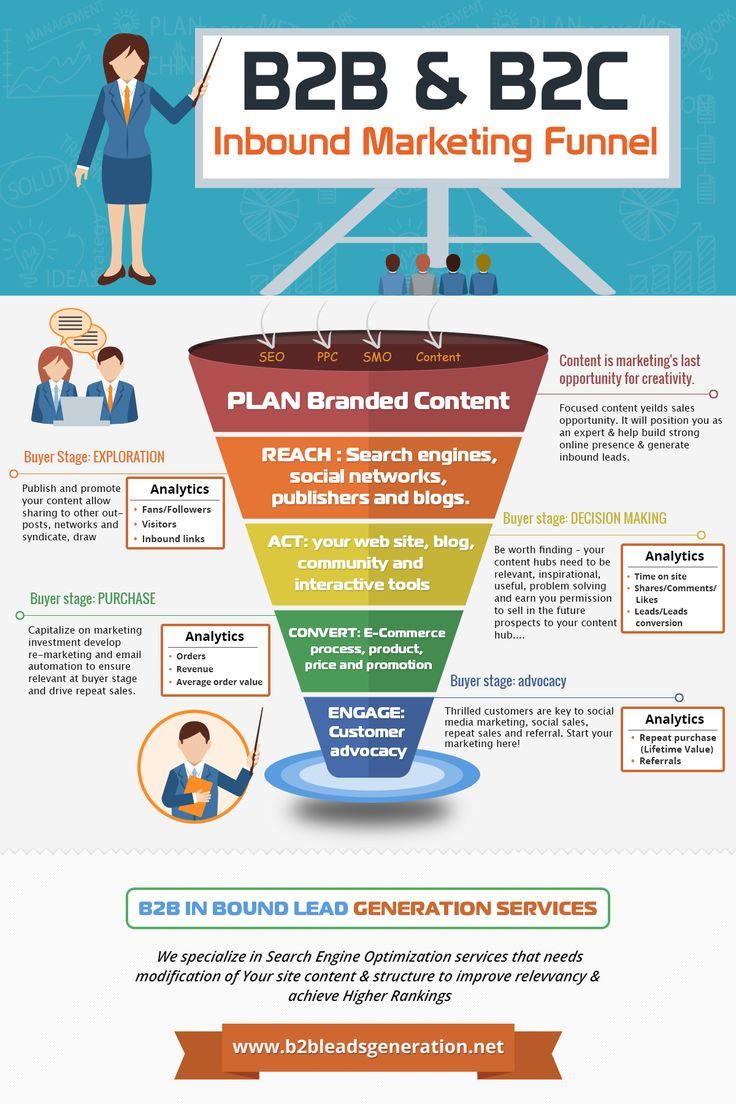
Google will not rank your blog if you only optimize its title. Google will crawl your site to search for keywords. A basic SEO strategy is essential to make your content easier to index and show. Another area to focus on when optimizing a blog for SEO is headings. These help readers flow through your content and search engines understand the hierarchy of reading. Headings should include keywords and phrases at each section's beginning, middle, or end.
Meta description
Use an organic tone when writing your meta description for SEO blogs. Answer a user's query with your meta description and showcase your high-quality content. Avoid spammy websites. Remember the golden rule of writing for people, not robots, and you'll receive more clicks as a result. These are some tips to help you create a compelling meta description.
Make it interesting: Use your main keyword in your meta description. Google does NOT count your meta-description when indexing your webpage, but it does help to grab a user's interest. The key is to keep your meta description between 140 and 160 characters long, and bold the most important words. Your meta description should include a call-to-action, such a link to your site. A great meta description should also include a call to action.
Meta description is a great way to promote your company. It's a great way for users to pay attention to your company and convince them to click the link. A high-quality meta description can increase your site's website traffic and increase sales. To encourage users to act, the meta description should end with a call-to-action. If your description is too long or contains outdated information, your meta description may be useless.
A meta description is not only readable but can also increase click-through rates. When used correctly, the meta description can increase your organic traffic and improve your rankings. The meta description is a minor role in Google's search engine results. If your meta description is not well-optimized, it may result in your page being ranked on page four instead of page one. A meta description is worth the effort even if you have a low click-through.
Keywords in title
Focused keywords must be used in the title of SEO blog posts to get the best results. Keywords in the title are a way to establish the direction of your articles and determine how likely they will reach your target audience. Search engines categorize web pages based the keywords included in them. These crawlers are able to use their advanced technology to evaluate the quality and relevance of the material. In order to increase your articles' search ranking, you should include specific keywords in their titles.
If you own a gym, use phrases related to crossfit training or crossfit gyms. You should only use one keyword per piece. Too many keywords in a single article can appear spammy to search engines. This makes your content less useful to your readers. Articles with long-tail keywords rank better than articles with short-tail terms. Using these phrases is a great way to rank higher for a keyword in Google.
Your SEO blog title should be between 60 and 70 characters. The title tag must include the focus keyword at the beginning. Additionally, the chosen keyword should communicate the benefit of your post. Keyword stuffing and boilerplate titles is a bad idea. Google warns about keyword stuffing. Make sure to use a strong keyword focus in your title. Also, ensure that your audience understands what you are offering.
Your keywords should be included in your title. But that's only half of the battle. The title of your article should be at least 60 characters long and not exceed 575 pixels. Your title must live up to what you have promised. Also, make it easy to scan and understand. SEO is about planning. You should make sure that your title is as effective and relevant as possible.
Internal links

There are many options to improve your website's search engine optimization (SEO). You can use internal links to redirect users to other pages of your website. These links can lead to different product pages or content. This not only enhances the user experience, but also increases the search performance. Remember that internal links do not work the same as backlinks and readers will be unable to find them by themselves. This can be achieved by using internal links at the right places.
SEO-friendly SEO techniques include adding relevant links to your blog. Links can be created in many different ways by different websites. Therefore, it is crucial to choose the right anchor text and words for your link strategy. Internal links are a great way to grab your readers' attention and keep them on your website longer. You want to get the best out of your internal links. Make sure they point back at relevant content and offer a helpful solution.
As much as possible, all internal links should point at the main target keyword. Google will not penalize users who use exact-match keywords, but it is possible that they will. But it shouldn't be keyword-stuffed. To boost your ranking, do not alter your anchor text. This tactic is against Google's webmaster guidelines. This method is more effective than you might think.
You can also optimize your internal links by creating content that is related to your core service. An example: A Columbus landscaping business generates 390 searches per month. This is significantly less than the search volume generated by the phrase "best phone". SEO can be enhanced by strategically including internal hyperlinks in blog posts. One way to do so is to anticipate the questions users will ask when they visit your website.
Schema markup
To improve search engine rankings, schema markup can be used in blog posts. To create schema markup, visit Google Structured Data Markup Helper. This tool allows you enter the URL of your website and select a category. The HTML code can then be copied. This tool will generate a tag manipulater and a rendered webpage in a new tab. You can then click on individual elements to tag them.
There are three types if schema markup: NewsArticle TechArticle or Microdata. Depending upon the content of the post each type can have a different set or flags. NewsArticle is for articles about current events. TechArticle could have flags to indicate the technical content within the article. For example, a HowTo article may have flags that indicate the author's technical level, the program used, and any dependencies.
Google has made it simpler to create schema. You can use it to tag data, and you will see similar content appearing in search results. To increase brand awareness, schema markup should be used in blog posts. But if you're a small business that has a local location, you should use schema to advertise your business. Schema can be used to promote events and your business. There are many benefits to using schema markup for your SEO blog post. Check out these links if you're not sure what to do.
Schema optimization can help you optimize your content. Search engines can understand different elements on a website's markup. If you're blogging about food, for example, you can use schema markup to identify ingredients, instruction steps, nutritional values, and ketogenic diets. Schema can also be used for review blogs. In general, the more relevant content you have to a user’s query, the higher your search engine rankings.
Copyright for image

It is important to get permission from the owner before you use an image in your SEO blog. Many PR agencies don't allow images to be shared from their websites. You may not have the right to use these images. To find out who owns the image, contact them directly. Many times, the owner will grant permission to you to use the image. Here are some tips to help you comply with the law:
Google images should not ever be used. You should contact the owner of an image before using it on your blog. Google allows you to search for images, but you have to obtain permission to use them. You can request permission to use the image if you have trouble finding it. This will ensure you're not violating a copyright. Image copyrights can make all the difference in whether your SEO blog succeeds or fails to rank well on search engines.
You should ensure that you check the copyrights for any image that you plan to use on your blog. It is illegal to use images that you find on Google Images. You are discrediting the artist of the image and could face legal consequences if you steal images without permission. If you have permission from the owner, you can use fair-use or public domain photos. Consult an attorney in intellectual property if you have further questions.
Images used in SEO blogs should be the same author and have the same attribution. Funny or creative photos are more likely for use in SEO. However, you should always review the license terms. There are some images that you can use for free, but others have restrictions. If you're unsure of the author, don't use them. You could be charged with copyright violation if the author is not royalty-free. Even worse, you may be subject to a lawsuit which could result in a substantial fine.
FAQ
How do you get started in SEO?
SEO can be done in many different ways. The first step in SEO is to identify keywords you'd like rank for. This is known "keyword search." Next, optimize each website page to these keywords.
Optimization involves optimizing titles, descriptions and meta tags. It also includes creating unique page URLs and linking to other websites. After optimization is completed, your website will be submitted to search engines such Google, Yahoo! and Bing.
To see if you are succeeding or failing, you need to track your progress.
What is the definition of a blog post?
A blog can be described as a website where visitors can share their content. Blogs are usually composed of both written posts as well as images.
Bloggers create blogs about their own experiences, thoughts, and opinions. However, some bloggers choose topics that relate to their businesses or careers to blog.
Blog owners can set up blogs using an easy-to-use software program called a 'blogging platform'. There are hundreds of blogging platforms available. Tumblr or Blogger are the most used.
People read blogs because it is interesting. If you write about something specific, ensure you know your topic.
Also, make sure to include useful information and resources so that readers can better understand your topic. When you write about improving your website, don’t just tell people to look at other businesses’ websites. Instead, provide detailed instructions on how to build a website that is successful.
It's important to remember that people will enjoy reading your blog if it has good content. It's unlikely that anyone will continue reading your blog if the writing isn’t clear and concise. The same goes for poor spelling and grammar.
It's easy to get carried away when you start blogging. Be consistent with your posting schedule. Only publish content once per day. It shouldn't feel like a chore to maintain a blog.
How much does it cost to rank high on search results?
Search engine optimization costs vary depending on what type of project you're working on. Some projects involve minor modifications to your site, while others require complete redesigns. There are also ongoing fees for keyword research, maintenance, and other services.
Why Should I Use SEO
There are many good reasons to use search engine optimization.
It helps increase traffic to your site by ensuring that it appears high in search engine results.
The second benefit is that it increases conversions by making sure users find the exact information they need when they enter their search bar.
It increases brand awareness by helping customers to find your business online.
Fourth, it improves the user experience through allowing them to quickly navigate your site.
It creates trust and credibility among potential customers.
Link building can help me improve my ranking.
Link building is the process of creating high-quality backlinks to your website. It is crucial to make sure the sites linking back to yours are relevant and useful to your business. The more unique and authoritative the link appears, the better.
What is On-Page SEO?
On-page SEO is the process of improving your website's ranking in search engines. On-page SEO includes things such as site architecture and page titles, meta tags and image alt texts. Off-page SEO refers to activities outside your website that will improve its ranking. These include social media shares, press release, backlinks, and other activities that can improve your website's ranking.
Is My Website Located Where?
Your website should be located at the top of the search results. It should be at the top search results. There may be hundreds of pages for some search terms. How can you stand out against these competitors with your website?
Statistics
- 93%of online experiences today begin on search engines. (marketinginsidergroup.com)
- And 90%+ of these backlinks cite a specific stat from my post: (backlinko.com)
- These guides are designed and coded 100% from scratch using WordPress. (backlinko.com)
- Deleting those 10k pages is one of the main reasons that he improved his site's organic traffic by nearly 90%: (backlinko.com)
- If two people in 10 clicks go to your site as a result, that is a 20% CTR. (semrush.com)
External Links
How To
What you need know about duplicate Content and SEO
Both webmasters as well as search engines have to worry about duplicate content. There are two types. Internal duplicates occur when multiple pages within a site contain identical content. External duplicates occur when pages contain similar information to other URLs.
Internal duplication happens when pages have similar text and images. This is due to poor copywriting skills. Poor copywriting can mean that you haven’t created unique content for each page. If you do this you will create internal duplicates.
External duplication occurs when a single page contains similar information to other URLs. If you have two pages that are identical to each other, such as a product listing all of your products or a category listing all of them, you have external duplication.
Google doesn’t penalize websites who have duplicate content. It does, however, penalize websites who try to manipulate its algorithm in order to rank higher. Duplicate content on your website? Make sure it's not manipulative.
Link building is the most popular way to alter Google's algorithm. Link building refers to creating links between your site and other websites. These links may appear unnatural, and Google might devalue your website.
These are just a few ways to prevent link manipulation
-
Avoid low-quality, spammy backlinks
-
Using anchor texts that are relevant to your website.
-
Creating unique content for each page on your website.
-
Maintaining high-quality content
-
Good domain names are important.
Don't be too concerned about duplicate content. Focus on creating unique content on every page of your website. This will allow you to rank higher in search engine results pages.